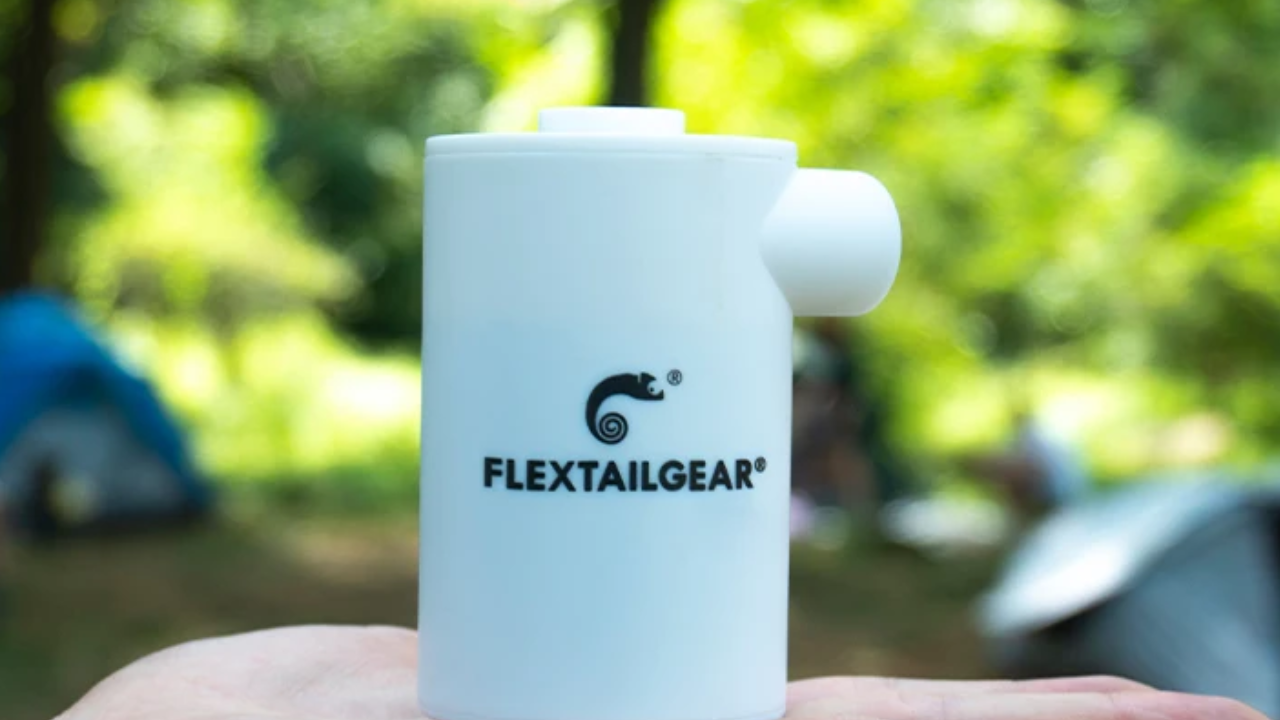To inflate the pad, sleeping pad air pumps usually use either an automatic or manual system. Manual pumps frequently employ a bellows or piston mechanism. By manually moving a piston inside a cylinder, users of a piston pump can force air into the sleeping pad during compression by sucking it in through one-way valves. With the use of a one-way valve and compression and expansion actions, users can create a low-pressure zone that sucks in ambient air using the bellows pumps’ concertina-like shape.
Conversely, automatic pumps run on electricity or batteries and provide airflow through internal parts like diaphragms or fans, allowing for hands-free inflation. To get more info about air pump sleeping pads must visit our website. These devices manual or automatic collaborate with one-way valves to effectively add air to the sleeping pad.
Maintenance Required For an Air Pump for a Sleeping Pad
A nice and restful night’s sleep is ensured by the air pump for your sleeping pad, which is an essential piece of camping equipment. Regular maintenance is essential to guaranteeing its dependability and lifespan. We will examine the many facets of air pump maintenance for sleeping pads in this extensive tutorial, including general care procedures, cleaning, storing, and troubleshooting.
Cleaning and Hygiene
Maintaining the cleanliness of your air pump is essential to both its efficient operation and the whole camping experience. Dust, grime, and moisture can build up over time, which could have an impact on the pump’s functionality and bring unwelcome materials into your sleeping pad.
External Cleaning
To start, use a moist cloth to wipe the pump’s exterior to get rid of any visible filth or grime. Pay close attention to any crevices where debris may collect, buttons, and seams. Steer clear of using abrasives or strong chemicals since they may harm the pump’s housing.
Nozzle and Valve Cleaning
Important parts that help the air transfer between the pump and the sleeping pad are the nozzle and valve. Check for obstructions or debris regularly, then use compressed air or a small brush to clean them. During inflation, make sure the one-way valve is functioning properly to avoid air leaks.
Internal Cleaning
Use the disassembly and cleaning instructions provided by the manufacturer if your air pump has parts that can be removed or an interior that is accessible. Look for wear or damage on internal components, then replace or clean any necessary parts.
Storage Practices
Your air pump’s integrity and functionality must be preserved through proper storage. These storage techniques can have a big impact on how long it lasts, whether you use it often or not.
Dry Storage
Before storing the air pump, make sure it is completely dry after each usage. Moisture can cause mildew, mold, and corrosion, which can harm the internal parts of the pump. After giving the pump a quick wipe down with a dry towel, place it somewhere well-ventilated so it may air dry entirely.
Protective Cases
You might want to spend some money on a bag or protective case made especially for your particular air pump model. Throughout transit, these cases protect the pump from debris, dust, and any collisions. Organizing accessories like power cords and nozzle adapters is made easier with a specific storage solution.
Temperature Considerations
Steer clear of subjecting your air pump to extremely high or low temperatures. While freezing temperatures can have an impact on the pliability of hoses and seals, high temperatures have the potential to harm interior components. When not in use, keep the pump in a climate-controlled space.
Power Source Maintenance
For constant and dependable operation, the power supply on electric or battery-operated air pumps needs to be properly maintained:
Battery Care
If your air pump is battery-operated, take care of the batteries according to the manufacturer’s instructions. To prevent corrosion, remove batteries when not in use and keep them somewhere dry and cold.
Rechargeable Batteries
Before storing the pump, make sure the rechargeable batteries are fully charged. Because rechargeable batteries only last so long, keep an eye on their performance and replace them if they can no longer hold a charge.
Power Cord Inspection
Look for any damage, cuts, or fraying on the power cord. Damaged cords may make a pump less safe to use and less functional. As directed by the manufacturer, replace any damaged cords.
Troubleshooting and Repairs
During your camping adventures, you can avoid unforeseen hassles by being equipped to troubleshoot typical issues:
Air Leakage
Check the nozzle, valve, and seams for obvious wear or damage if you see air leakage during inflating. Tighten bolts and swap out any broken components. A tiny bit of silicone lubricant applied to seals can also aid in keeping the seal tight.
Motor Problems
Stop using electric pumps right once if you experience motor problems, such as overheating or strange noises. Verify appropriate ventilation and look for any obstructions in the fan or diaphragm. For additional testing and repairs, speak with the manufacturer or a certified technician.
Nozzle Compatibility
Verify that the pump’s included nozzle adapters fit the valves on your sleeping pad. Using the wrong nozzle might result in air leaks, ineffective inflation, or even possible harm to the sleeping pad’s valve.
Conclusion
It’s possible to extend the life of your camping gear and improve the quality of your outdoor experiences by making the time to do routine maintenance on your air pump for your sleeping pad. Your air pump will remain dependable, efficient, and ready for your upcoming camping trip if you follow these cleaning, storing, troubleshooting, and general maintenance guidelines.
